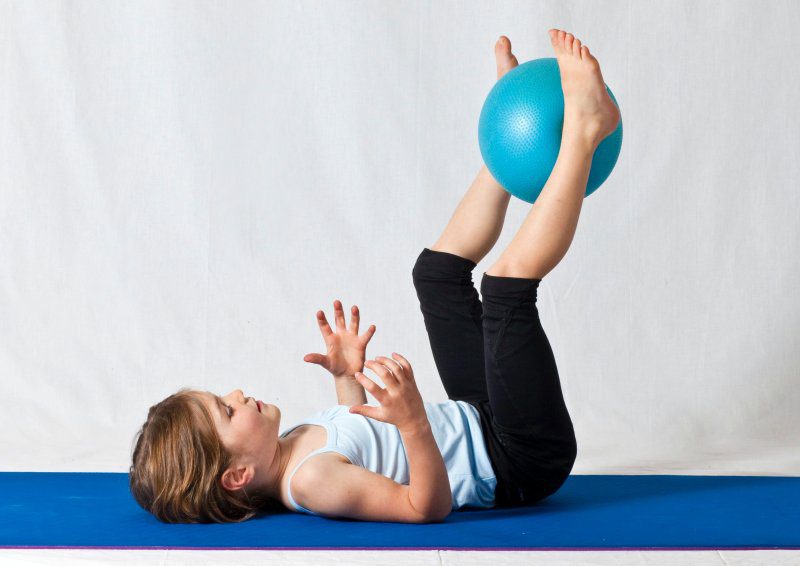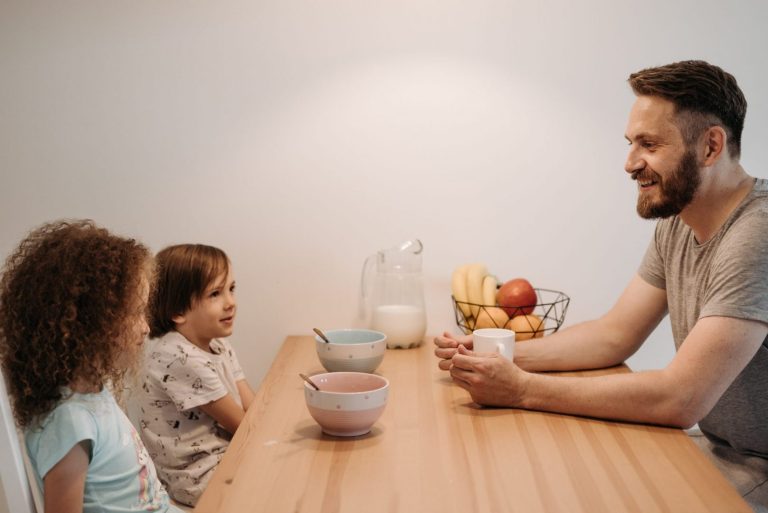Why Should I Encourage my Child to Exercise?
The majority of young children are energetic, curious and always propelled into doing something. This is important for their development when they are toddlers and continues to be important throughout all their life. Despite this, children start to decrease the time engaged in physical activity as they grow older, until as adolescents or even adults, the risk of leading a sedentary life seems inevitable!
Why does this change happen over time?
As a child grows up, time is taken up more by academic commitments and even social interactions start to change. At around the age of 11, children may tend to favour spending time with their peers talking about common interests rather than run around and play during recess. Exams and academic achievement are also a priority for many and this means that either they will engage in extra lessons after school, or else they focus much of their time on studying. This move is mainly brought about by societal expectations and also a reflection of the priorities held by adults. As adults, if we do not model healthy and active behaviours, it is very difficult for us to motivate and support our children in doing so.
Why is physical exercise important?
If you think about toddlers, exploring the environment and surroundings provides them with learning experiences and opportunities for cognitive (thinking) development, improving language and attaining problem solving skills. Among many other aspects of learning. Thus, by encouraging your child to be physically active, you are encouraging diverse aspects of development and not just the physical aspect. Research shows that physical exercise has a direct impact on the brain’s plasticity. This means the amount of neural pathways being developed or reorganised by the brain is increased leading, to improved thinking and even well-being in general.
As a child grows into school age, this relationship is important since it will mean that academic performance benefits from engaging in physical exercise. Apart from the obvious that physical exercise is important to encourage a strong and healthy body with decreased risks of chronic illness, obesity and heart problems later on in life, research shows that physical exercise induces structural and functional changes in the brain, through increased neuroplasticity and blood flow, meaning that the brain is being better supplied with oxygen, glucose and lipids which results in:
- Improved memory
- Increased attention
- Better decision making skills
- Improved verbal, perceptual and arithmetic functioning.
Which other aspects does physical exercise benefit children?
Well-being is another important aspect which is affected by physical exercise. It is known that exercise and physical activity results in the production of certain chemicals in the brain; serotonin and endorphins. These chemicals help us to feel good about ourselves and help us to feel more relaxed. This means that if we are more happy, we have a better and more positive outlook towards life and ourselves. Our self-esteem increases if we are engaging in a sport, be it a team sport, dancing, yoga, etc. This sense of self-efficacy increases because if we engage in a certain activity regularly, we become more competent at this and view ourselves in a proud and satisfactory light. By increasing our self-value, we also become more positive and warm socially and engage more confidently with others.
How do I encourage my child to engage in physical exercise?
If we expect our children to keep on repeating healthy behaviours throughout adulthood, we must encourage them to be part of our whole lifestyle. Our view needs to be that physical activity is as important as other aspects of our life. As a family, it would be beneficial to have a holistic attitude towards leading a healthy lifestyle which incorporates healthy and smart eating, taking care of our psychological health and tackling stress, establishing a balanced lifestyle and ensuring that we also get enough sleep and rest. One should always be realistic and aim to enjoy what they are doing when trying to introduce a new form of activity- be it going for a walk, riding a bicycle, being out in nature, playing with your children at home or doing yoga together before going to sleep.
Abigail Church is a Humanistic Integrative Counsellor who works with adults and children through counselling with Willingness. She can be contacted on abigail@willingness.com.mt or call us on 79291817.
References
- Mullender-Wijnsma, M.J., Hartman, E., De Greeff, J.W., Bosker, R.J., Doolaard, S. and Visscher, C. (2015) Improving Academic Performance of School‐Age Children by Physical Activity in the Classroom: 1‐Year Program Evaluation. Journal of school health, Volume85, Issue6, Pages 365-371.
- Raspberry, C.N., Lee, S.M., Robin, L. Laris, B.A., Russell, L.A., Coyle, K.K. and Nihiser, A.J. (2011) The association between school-based physical activity, including physical education, and academic performance: A systematic review of the literature. Journal of Preventive Medicine, Volume 52:1. Pages 10-20.
- De Greeff, Johannes W, Bosker, Roel J, Oosterlaan, Jaap, Visscher, Chris, and Hartman, E. “Effects of Physical Activity on Executive Functions, Attention and Academic Performance in Preadolescent Children: A Meta-analysis.” Journal of Science and Medicine in Sport 21.5 (2018): 501-07.
- Mackay, Lisa, Kunkel, Jule, and Duncan, Scott. “Physical Activity, Cognition and Academic Performance.” BMC Public Health 18.Art. 936 (2018): 9-18:Art. 936<[9].






